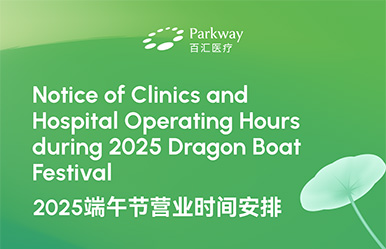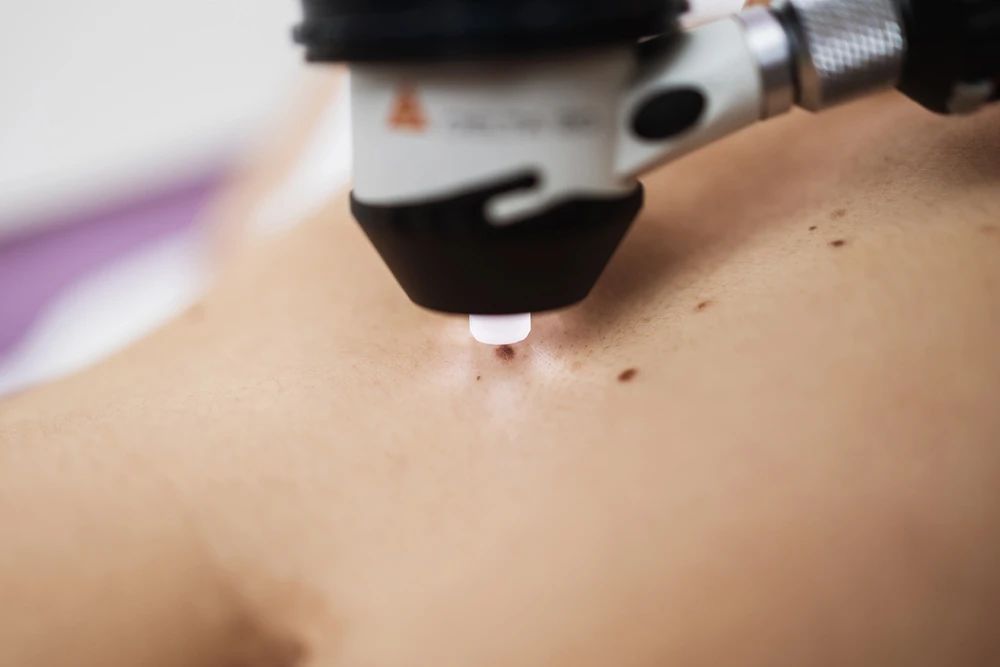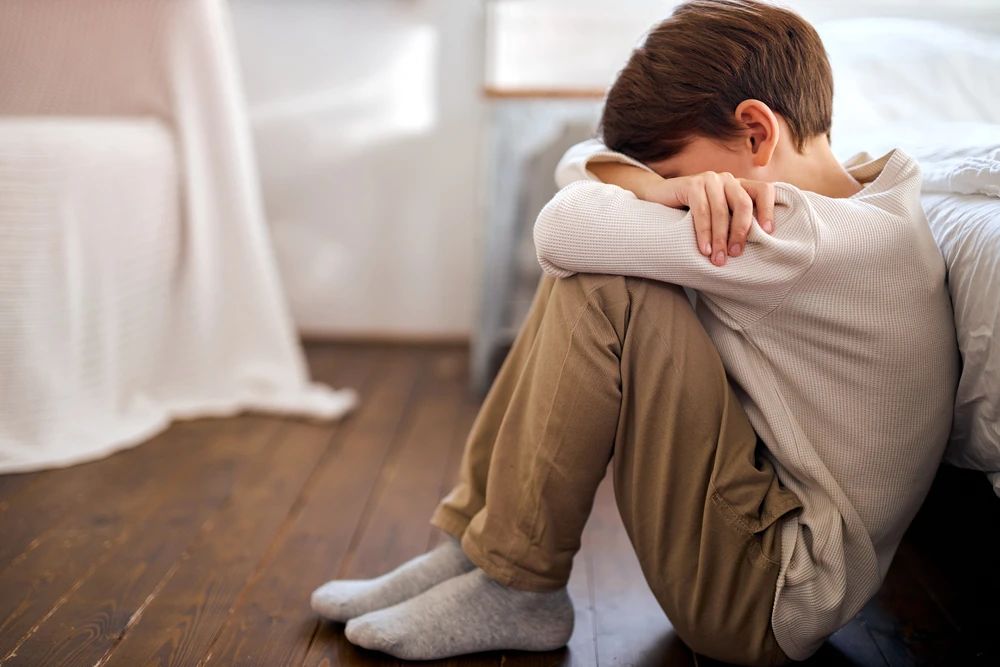Know The Difference Between Cysts and Fibroids?
2021-07-29

Fibroids and cysts are very common structural abnormalities
of the female reproductive system and commonly affect women in their
child-bearing years.
Fibroids and cysts affect different structures within a
women’s reproductive system. However, they can both present with similar
symptoms, such as pelvic pain and abnormal uterine bleeding. There’s also a
possibility that both conditions can affect fertility.
Fibroids affect the uterus while cysts occur in the ovaries.
Treatment depends on the symptoms, plans for a family, and can take the form of
non-surgical as well as surgical intervention. Both fibroids and cysts are
diagnosed by an ultrasound scan.
What are uterine fibroids?
Uterine fibroids are non-cancerous muscular growths within
the walls of the uterus. They can grow up to several centimeters in diameter
but are often undetected because they don’t cause any obvious symptoms.
Fibroids are very common and around 50% of all women will have fibroids by the
time they reach 50. These are usually detected during their routine gynecological
examinations. Fortunately, most of these women that have small fibroids have no
symptoms. On average, only 25% of women will ever experience symptoms.
How do I tell that I have fibroids?
Heavy and painful periods, abnormal uterine bleeding,
abdominal and pelvic cramping, lower back pain and pain, or pressure during
intercourse may point to the possibility of fibroids in your uterus. Frequent,
or difficulty passing urine may be another telltale sign of the condition. When
in doubt, consult your gynecologist as fibroids can complicate a pregnancy and
can lead to miscarriage and/or infertility.
A family history of uterine fibroids could indicate a risk
for the condition but maintaining a healthy lifestyle and weight can reduce a
woman’s risk of developing fibroids.
How are fibroids treated?
The treatment plan will depend on how the symptoms are
affecting your daily life, and your body’s ability to function normally. A key
consideration is also whether or not you intend to get pregnant in the near
future.
Your gynecologist may adopt a watch-and-wait approach to see
if medication can relieve your symptoms. Hormonal medication may be prescribed
to regulate your menstrual cycle, reduce the pain and heavy bleeding. They can
also arrest the growth of the fibroids.
Alternatively, the gynecologist may recommend a surgical
procedure called a myomectomy to remove the fibroids.
Other treatment options, more suited for patients with no
intention to have children, include uterine artery embolization (UAE), which
destroys the fibroids by cutting off their blood supply or MRI-focused
ultrasound therapy, a non-surgical technique that destroys the fibroids with
high-intensity ultrasound waves.
As a definitive end to symptoms, you could elect to have a
hysterectomy, where the uterus is removed but the ovaries, which are
responsible for producing female reproductive hormones, are kept in place so
that you do not enter early menopause.
What are ovarian cysts?
Responsible for producing the hormones that regulate your
reproductive system, a woman’s ovaries also release the all-important egg
that’s central to her ovulation cycle. It’s also during this monthly ovulation
cycle that a cyst, a fluid-filled sac, on one or both ovaries, may form. They
usually occur without symptoms, when one of the follicles responsible for
releasing the egg fails to open. They would usually resolve on their own within
a few months without you ever knowing they happened. Because most ovarian cysts
occur during the ovulation cycle, they are less common in women who have gone
through menopause.
Symptoms and complications arise if a cyst grows abnormally
large or ruptures. Sufferers of what’s known as polycystic ovary syndrome often
see numerous small cysts developing on their ovaries – which is a common cause
of infertility.
Cysts are fluid-filled sacs and can be benign or malignant.
Benign examples include endometriotic chocolate cysts and dermoid cysts.
Malignant tumors include epithelial ovarian cancers, or germ cell tumors.
How can I tell if I may have a cyst rather than fibroids?
The key difference is that cysts can sometimes go away on
their own without ever causing symptoms.
Should you experience bloating, abdominal pressure, pelvic
pain, pain during intercourse, consult your gynecologist for an accurate
diagnosis. If the pain is sudden and sharp, especially if accompanied by
vomiting and fever, seek urgent medical attention at the A&E department.
How are ovarian cysts treated?
If you have been diagnosed with an ovarian cyst, your gynecologist
may take a wait-and-watch approach to see if it resolves on its own. In this
case, your condition will be monitored using periodic pelvic ultrasounds.
Sometimes a tumor marker blood test, like CA125 may be performed to assess the
risk of malignancy.
You may be prescribed birth control pills to prevent the
formulation of future cysts during ovulation. If the cyst is a cause for
concern, your gynecologist may make use of a minimally invasive procedure
called laparoscopic surgery, to investigate the condition. The procedure makes
use of a tiny camera that is introduced through tiny key-hole sized incisions
in the abdomen. Your gynecologist may remove the cyst in the same procedure.
This operation, known as a cystectomy, removes the cyst while leaving the ovary
intact. An oophorectomy (removal of the ovary) may be necessary if the ovary
cannot be saved.
Early diagnosis and treatment is key to successful treatment of both cysts and fibroids. Make an appointment to see your gynecologist should you notice any worrying symptoms. Call 400.819.6622.
Copyright: Health Plus an online health and wellness web
resource developed by Parkway Singapore
References:
Fibroids
and Cysts. Retrieved 12/5/2020 from
https://mtalvernia.sg/education/fibroids-and-cysts/
Uterine
Fibroids, Endometrial Polyps and Ovarian Cysts. Retrieved 12/5/2020 from
https://rmob.coloradowomenshealth.com/health/fibroids-polyps-cysts
Ovarian Cysts and Uterine Fibroids - Symptoms and Treatment. Retrieved 12/5/2020 from https://www.brighamandwomens.org/obgyn/infertility-reproductive-surgery/cysts-and-fibroids





























